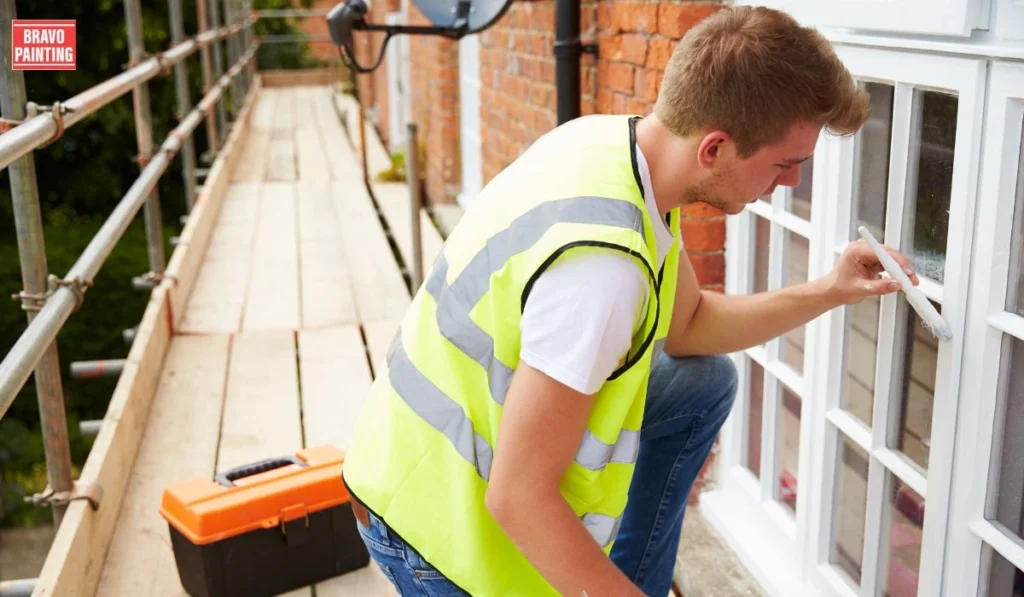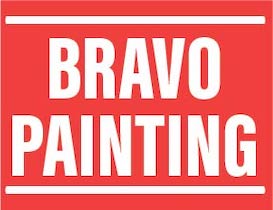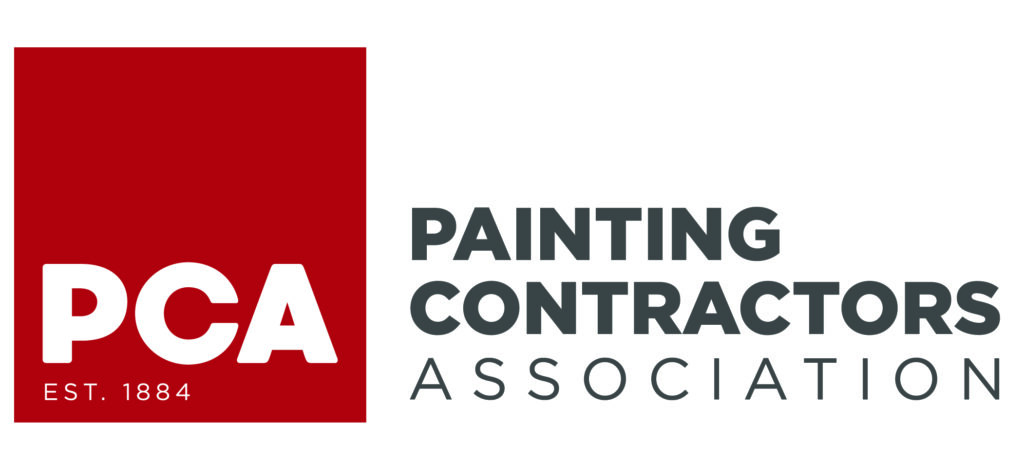Commercial exterior painting is one of the most impactful ways to improve a business’s curb appeal and protect its structure. Whether it’s an office building, retail store, or industrial facility, the right exterior paint job can elevate the image of the property and ensure long-lasting protection. For commercial exterior painting contractors, this job requires expertise, attention to detail, and a strategic approach. This article offers a comprehensive guide with essential tips for handling commercial exterior painting projects successfully.
1. Understand the Client’s Needs
As a commercial exterior painting contractor, the first step in any project is to fully understand the client’s vision and expectations. This ensures that the painting job aligns with their goals and objectives.
A. Initial Consultation
During the initial consultation, make sure to ask the right questions:
- What is the purpose of the painting? (e.g., aesthetics, protection, branding)
- Are there specific color schemes or design elements they have in mind?
- What is their budget and timeline?
B. Setting Expectations
Clearly define what the client can expect from the painting job in terms of:
- Timeframe for completion
- Maintenance after the job is finished
- Types of paints and finishes to be used
C. Discussing Long-Term Goals
It’s essential to discuss the long-term impact of commercial exterior painting services:
- Durability of the paint
- Impact on energy efficiency (e.g., heat-reflective paints)
- Future touch-up or maintenance services
2. Conduct a Thorough Assessment of the Property
A successful painting project begins with a detailed property assessment. Without this, the painting job may not last as long as it should.
A. Surface Inspection
Check the surface for any imperfections that need addressing:
- Cracks, holes, or signs of deterioration
- Mildew or mold that needs to be treated before painting
- Areas of previous paint failure
B. Determine the Type of Surface
Different surfaces require different types of paints and preparation methods:
- Concrete, wood, and metal surfaces each have specific needs
- Take note of texture, as rough surfaces may require additional coats
C. Check for Obstructions
Look for obstacles that may hinder painting efforts:
- Electrical outlets or fixtures
- Window seals, gutters, and other detailed elements that require masking
3. Choose the Right Exterior Paint for Commercial Buildings

Selecting the correct paint is one of the most important aspects of commercial exterior painting.
A. Durability and Weather Resistance
Commercial buildings often face tough weather conditions. Choose paints that are:
- UV-resistant to prevent fading from sunlight
- Water-resistant to withstand rain and moisture
- Designed for high-traffic areas to ensure they stay fresh longer
B. Environmental Considerations
Many businesses are prioritizing sustainability:
- Consider using eco-friendly paints with low-VOC (volatile organic compound) emissions.
- Choose paints that are compliant with environmental regulations in your area.
C. Types of Finishes
The finish you choose will depend on both aesthetics and practicality:
- Satin or semi-gloss finishes are often best for commercial properties, as they are durable and easy to clean.
- Matte finishes may be suitable for properties where the focus is on a classic, understated look.
4. Proper Surface Preparation Is Key
Without proper surface preparation, even the best-quality paint can fail prematurely. This phase is essential to ensuring that the exterior paint job lasts.
A. Cleaning the Surface
Before applying paint, clean the surface thoroughly:
- Power wash to remove dirt, grime, and loose paint
- Treat mildew or mold with the appropriate cleaning solution
B. Repairing Damage
Inspect for damage and repair:
- Fill in cracks and holes with filler or caulk
- Sand rough areas for an even surface
C. Priming the Surface
Apply a primer when necessary:
- Priming helps paint adhere better, especially on porous surfaces
- It can also provide additional protection against moisture or mildew
5. Invest in Quality Tools and Equipment
To achieve the best results, having the right tools is critical.
A. Paint Sprayers
Using paint sprayers helps ensure an even coat, especially for large commercial projects:
- Sprayers allow for quick application and minimal streaking
- They are ideal for large flat surfaces like walls
B. Brushes and Rollers
Use brushes and rollers for precision work, such as around windows and trim:
- Choose high-quality brushes to avoid bristle shedding
- Rollers help speed up the painting process for large, flat surfaces
C. Ladders and Scaffolding
For multi-story buildings, ladders and scaffolding are necessary:
- Ensure that the equipment used meets safety standards
- Always secure ladders and platforms properly to prevent accidents
6. Follow Safety Protocols
Safety should always be a priority on commercial painting projects, especially when working with heights or heavy equipment.
A. Use of Protective Gear
All workers should wear the appropriate safety gear, including:
- Hard hats to prevent head injuries
- Safety goggles to protect eyes from splashes
- Non-slip footwear to prevent falls
B. Fall Protection
When working at heights, ensure that fall protection systems are in place:
- Use scaffolding or harnesses for high areas
- Ensure ladders are secured and stable
C. Ventilation
If working indoors, ensure proper ventilation:
- Use fans to circulate air when working with paints that emit strong fumes
- Avoid applying paint in confined, poorly ventilated spaces
7. Plan for Weather Conditions
Weather can significantly impact the outcome of a commercial exterior painting project. Here’s how to plan accordingly.
A. Temperature and Humidity
Extreme temperatures (either too hot or too cold) can affect paint drying:
- Aim to paint in moderate temperatures (between 50°F and 85°F)
- High humidity can cause paint to take longer to dry or lead to issues like peeling
B. Scheduling for Dry Conditions
Rain or wind can interfere with the painting process:
- Plan to paint on dry days
- Allow the paint to dry completely before the next coat or exposure to weather
C. Be Ready to Adjust
If the weather unexpectedly changes, have a contingency plan:
- Temporary covers or tents can shield the building from rain
- Reschedule painting sessions if necessary to ensure quality work
8. Keep Clients Informed Throughout the Process
Communication is key in ensuring that your client is satisfied with the project every step of the way. Keeping your clients informed fosters trust and helps prevent misunderstandings.
A. Regular Updates
Throughout the project, provide updates on progress, including:
- Completion of the initial steps like preparation and priming
- When to expect the next stages of the painting process
B. Addressing Concerns
If any unexpected issues arise during the project, inform the client immediately:
- If there are delays due to weather or other external factors, make sure they are aware of the changes in the schedule
- Always be ready to offer solutions to problems, such as repainting a section that didn’t adhere properly
C. Post-Project Evaluation
After completing the project, take the time to:
- Ask for client feedback
- Schedule a follow-up to check the paint’s condition after a few months
9. Post-Project Clean-Up and Final Touches
The final steps of a commercial exterior painting project are just as important as the painting itself. Proper clean-up and inspection are necessary to leave a lasting positive impression.
A. Clean the Job Site
Ensure that the area is spotless before leaving:
- Remove all debris, including paint cans, drop cloths, and leftover materials
- Clean the equipment to ensure it remains in good condition for future projects
B. Inspect the Work
Before handing over the project to the client:
- Do a thorough walk-through to inspect every corner for missed spots, drips, or uneven areas
- Touch up any imperfections, ensuring the final product meets the highest standards
C. Client Walk-Through
Once the job site is cleaned and the work is completed:
- Invite the client to inspect the work with you
- Address any final questions they may have and ensure they are satisfied with the result
10. Offer Ongoing Maintenance and Touch-Ups
Maintaining the paint job over time ensures its longevity. Offer your clients ongoing maintenance options for future touch-ups or repainting.
A. Scheduled Maintenance
Offer regular maintenance packages, including:
- Touch-ups every 1–2 years to keep the paint looking fresh
- Inspections to address minor damage before it becomes major
B. Touch-Up Services
Clients may require touch-ups in areas exposed to heavy traffic, weather, or environmental stress. As a painting contractor, providing these services will help maintain your relationship with clients long-term.
C. Seasonal Inspections
Depending on the environment, exterior paint may need more frequent checks:
- Paint can wear differently in areas exposed to extreme sunlight or salty air
- Offer clients seasonal inspections to ensure the paint stays in optimal condition
Conclusion
Commercial exterior painting projects are a key aspect of maintaining and enhancing the appearance of business properties. For commercial exterior painting contractors, achieving a high-quality finish requires skill, preparation, and the right tools. By following these essential tips—from understanding the client’s needs and choosing the best materials to ensuring proper surface preparation and communication—you can deliver exceptional results that not only improve the building’s aesthetics but also provide long-lasting protection.
Investing in quality paints, maintaining safety protocols, and planning for weather conditions will allow you to offer the best commercial exterior painting services possible. Furthermore, offering maintenance services after the project is completed ensures your relationship with clients stays strong, resulting in repeat business and positive referrals.
FAQ’s
1. How long does a commercial exterior painting project take to complete?
The time frame for a commercial exterior painting project varies based on the building size and weather conditions. Typically, it can take anywhere from a few days to a few weeks to finish.
2. What type of paint is best for commercial exterior surfaces?
Acrylic latex paint is commonly used for commercial exterior painting due to its durability, flexibility, and resistance to UV damage. Specific paint types should be chosen based on surface material and environmental factors.
3. Do I need to prepare my building before the painting starts?
Yes, proper surface preparation is essential, including cleaning, repairing any damage, and priming the surfaces to ensure the paint adheres well and lasts longer.
4. Can I paint during the winter or rainy season?
It’s not ideal to paint during winter or rainy weather, as moisture can interfere with drying. It’s best to schedule painting during mild, dry conditions for optimal results.
5. How often should commercial exterior paint be touched up or repainted?
Commercial exterior paint generally needs touching up or repainting every 5–7 years, but harsher climates may require more frequent maintenance to maintain the appearance and protection.



